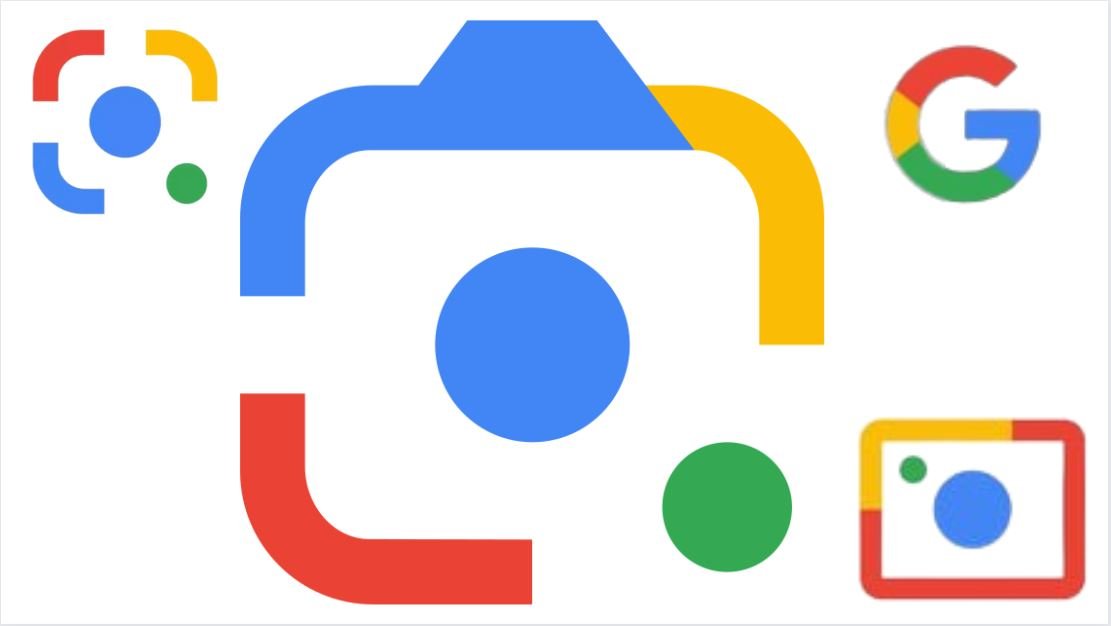📧 mithvin@gmail.com
📞+91 900 608 4701


Google Lens is a visual search tool developed by Google that allows users to search and interact with the world around them using their smartphone camera or a computer. Google lens advertising feature uses artificial intelligence (AI) and machine learning to recognize and understand the content of images and provide relevant information and actions based on what it sees.
One new feature of Google Lens is the ability to recognize and provide information about plants and animals. Using machine learning, Google Lens can identify the species of a plant or animal and provide information about it, such as its characteristics, habitat, and behavior. This can be helpful for nature enthusiasts or for those trying to identify a plant or animal they come across.
Another new feature of Google Lens is recognizing and providing information about landmarks and historical sites. This can be helpful for travelers or those interested in learning more about the world around them. When you point your camera at a landmark or historical site, Google Lens can provide information about its history and significance.
Google Lens has also added the ability to recognize and provide information about art and artifacts. When you point your camera at a work of art or an artifact, Google Lens can provide information about its creator, history, and significance. This can be helpful for art enthusiasts or those interested in learning more about cultural artifacts.
Google Lens has also introduced the ability to recognize and provide information about products and services. When you point your camera at a product or service, Google Lens can provide information about its features, pricing, and availability. This can be helpful for consumers who want to make informed decisions or for businesses that want to gather information about products or services.
One common use of Google Lens is to gather information about the world around you quickly. For example, you can use Google Lens to point your smartphone camera at a plant or flower and get information about the species and care instructions. You can also use it to scan a business card or phone number and save the information to your contact list.
Using Google Lens, users can point their phone at an object or scene and use Google Lens to get more information about it or to take action based on what it sees. If you point your phone at a flower, the Google Lens Advertising feature can provide information about the species and care instructions. If you point your phone at a restaurant, Google Lens can provide information about the menu and reviews.
Google Lens can recognize text, such as phone numbers or email addresses. This can help you save or share the information quickly or translate the text into a different language. It is also integrated into other Google products, such as Google Search and Photos.
Google Lens can also translate text from one language to another. This can be helpful if you come across a foreign language menu or sign and want to know what it says. Google Lens can also recognize and translate text from images, such as screenshots or document photos.
Another use of Google Lens is to assist with tasks or projects. For example, you can scan a recipe and generate a shopping list of ingredients. You can also measure the dimensions of an object or space by drawing a line around it.
Google Lens can also be used for educational purposes. For example, you can use it to learn about historical landmarks or famous works of art by pointing your camera at them. You can also use it to learn more about the stars and constellations by pointing your camera at the night sky.
In addition to being used on smartphones, the Google Lens advertising feature is available on certain devices, such as Google Glass and the Google Nest Hub Max. It is also integrated into other Google products, such as Google Search and Photos.
Overall, Google Lens is a powerful and versatile tool that can be used in many ways to gather information, assist with tasks, and learn new things. Whether you are looking for information about the world around you, need help with a project, or want to learn something new, Google Lens can be a valuable resource.
Also Read: A Quick Analysis of Google Ads Trends by Google Advertising Professional – Mithvin
Bixby Vision, developed by Samsung, is available on Samsung smartphone cameras. It allows users to point their camera at an object or scene, get more information about it, and take action based on what it sees.
Bixby Vision can recognize and provide information about products, landmarks, and text. It can also translate text from one language to another and provide information about the nutritional value of food.
Another technology similar to Google Lens is Amazon Recognition, a cloud-based service. Amazon Recognize and classify objects, scenes, and people’s information about them. It can also perform facial recognition and identify individuals in photos or videos.
Amazon icon is used by various businesses and organizations, including law enforcement agencies and retail companies.
Microsoft’s Visual Search is another technology similar to Google Lens advertising feature. It allows users to search the web using images and provides information and results based on what it sees.
Visual Search can recognize and provide information about a wide range of objects, including products, landmarks, and artwork. It can also recognize and provide information about text in images, such as phone numbers and email addresses.
Overall, several technologies similar to Google Lens offer similar capabilities for recognizing and providing information about objects and scenes in images. These technologies can be useful for various purposes, including information gathering, translation, and identification.
Also Read: How To Get The Most Out Of Your Google Ads On A Budget – Affordable Google Ads Management Services?